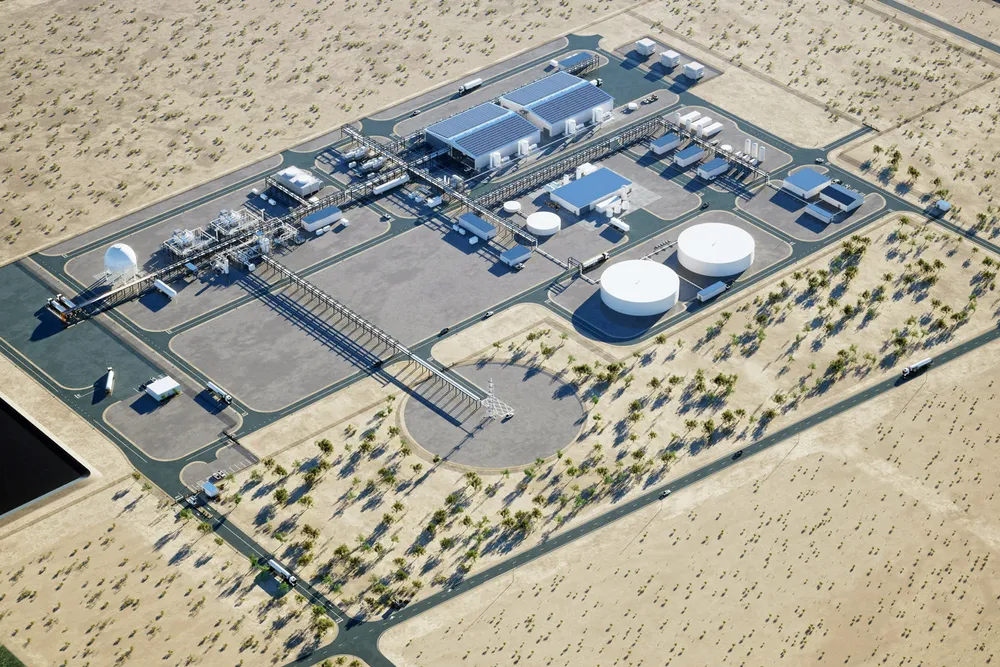Proposed US clean hydrogen tax credit rules would 'more than double our first American H2 project's costs': Fortescue
The Australian developer argues for grandfathering clauses as a minimum during hearing on Treasury guidelines

The Australian developer argues for grandfathering clauses as a minimum during hearing on Treasury guidelines
